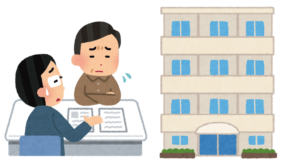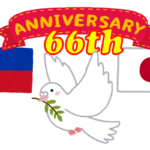
My son will turn 9 next month.
He is an elementary school student but has not attended school for over a year because school has been closed since last May due to the Corona disease.
President Duterte has said that face-to-face classes should not be held until all the people have been vaccinated, so it looks like school will not resume for at least a few more months.
When school resumed, my son was waiting to be circumcised, a rite of passage for boys in the Philippines.
For Japanese people, this is a surprising rite of passage, but 93% of Filipino men are circumcised, and if they are not, they are ridiculed by their children.
Although it may vary from region to region, circumcision is often performed en masse in schools during the summer vacation of elementary school.
Since a part of the foreskin is removed, even with anesthesia, the wound is painful after the surgery, and since the garment directly touches sensitive areas that have not been exposed before, it is likely to be done during school vacations because the patient needs time to get used to the stimulation.
t is unclear when circumcision began in the Philippines.
In Genesis 17 of the Old Testament, the Lord told Abraham that all males should be circumcised as a sign of the covenant.
In accordance with this, Abraham had himself, his family, and all other males circumcised.
This is why circumcision is still practiced in Judaism and Islam, which follow the Old Testament.
Since most Filipinos are Catholics, circumcision is not practiced in a religious sense.
Not only in the Philippines, but also on the islands of Southeast Asia such as Malaysia and Indonesia, male circumcision is practiced.
I think that Islam was already widespread in this region before the spread of Christianity, and this influence may still be present.
So, when school resumes this summer, my son will be one step closer to adulthood through this rite of passage.









